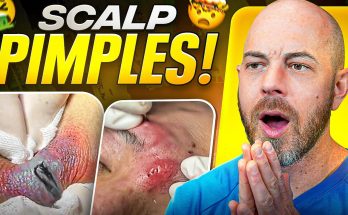A firm lipoma on the arm is a common but sometimes concerning issue that affects many individuals. Lipomas are soft, fatty lumps that grow slowly beneath the skin. While they are generally harmless and painless, some lipomas may feel firmer than usual—especially when they develop deeper under the skin or near muscle tissue. When a lipoma appears on the arm, it can become quite noticeable or uncomfortable, especially during arm movements or daily tasks. Some people also choose to remove them for cosmetic reasons.
Although the exact cause of lipomas is not fully known, medical experts believe several factors may contribute to their development. These include genetics (as lipomas tend to run in families), past injuries or trauma to the area, and certain health conditions like high cholesterol or obesity. Most lipomas grow slowly over time and remain stable. However, if the lump becomes firm, begins growing more rapidly, causes pain, or limits movement, it’s wise to seek medical attention for evaluation and possible removal.
When a lipoma is firm or located deeper within the arm, it may feel more solid than soft. In these cases, doctors may order imaging tests such as an ultrasound or MRI to better understand the lipoma’s size, depth, and location. In some cases, a biopsy may also be recommended to confirm that the lump is indeed a benign lipoma and not a rare cancerous tumor called a liposarcoma. Once confirmed, surgical removal is often the most effective and permanent treatment.
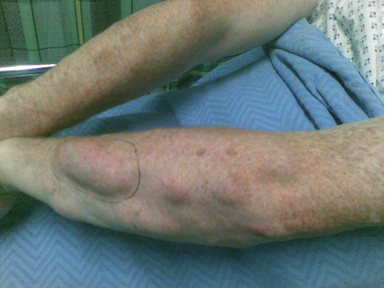
The procedure to remove a firm lipoma on the arm is usually quick and safe. Most cases are done under local anesthesia, meaning only the affected area is numbed. The doctor will begin by cleaning and sterilizing the skin, then making a small incision over the lipoma. The fatty lump is carefully separated from surrounding tissues and removed completely. The incision is then stitched up, and a bandage is applied. The entire surgery generally takes between 20 to 40 minutes and can be performed on an outpatient basis, allowing the patient to go home the same day.
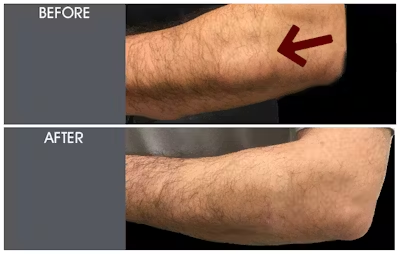
Recovery after lipoma removal is usually smooth. Mild discomfort, swelling, or bruising around the surgical site is common for a few days, but over-the-counter pain relievers are typically enough to manage symptoms. Patients are advised to keep the area clean and dry and to avoid lifting heavy objects or performing strenuous activities with the affected arm for at least one to two weeks. Stitches may be removed after 7 to 10 days if they are not dissolvable. A small scar may remain, but it generally fades over time and is often less noticeable than the original lump.
As with any surgery, there are some potential risks and complications, although they are rare. These may include infection, bleeding, nerve damage (especially if the lipoma was deep), or recurrence of the lipoma if it is not completely removed. Choosing an experienced doctor and following proper aftercare instructions can help minimize these risks.
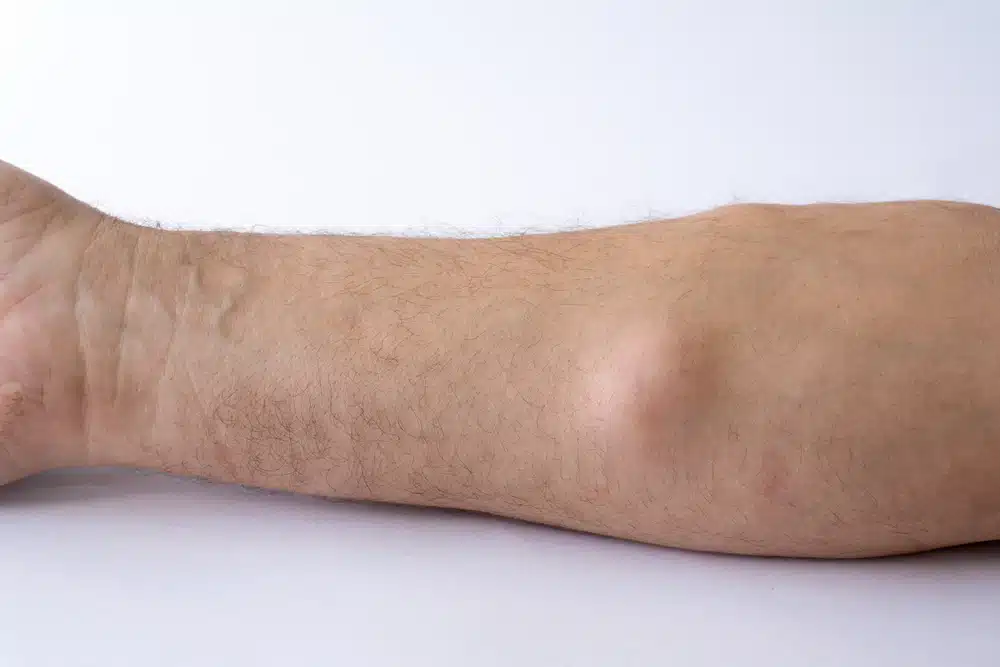
In the featured case shared on this page, a firm lipoma was successfully removed from the patient’s arm. The video clearly shows how the lump, though slightly embedded, was carefully extracted with minimal bleeding and precise handling of surrounding tissues. This real-life example provides a helpful reference for viewers who want to understand the removal process. The patient experienced a smooth recovery, and the wound was properly closed to allow for good cosmetic healing.
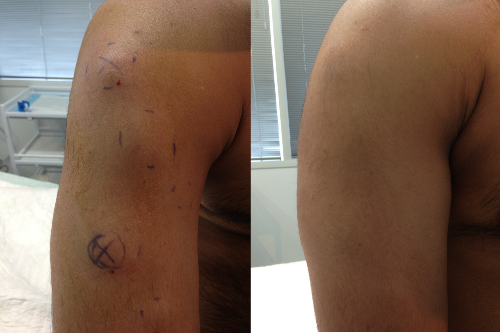
If you notice a firm lump on your arm that seems to be growing, feels painful, or looks unusual, it’s important to consult a healthcare provider. Getting a professional diagnosis early ensures you get the right treatment and peace of mind. Most lipomas are harmless, but removing them—especially if they are firm or uncomfortable—can significantly improve your quality of life.
Video credit: Dr. Geoff Butler – All rights reserved.
This article is intended for educational purposes only and does not replace medical advice. Always consult a qualified medical professional for diagnosis and treatment.
